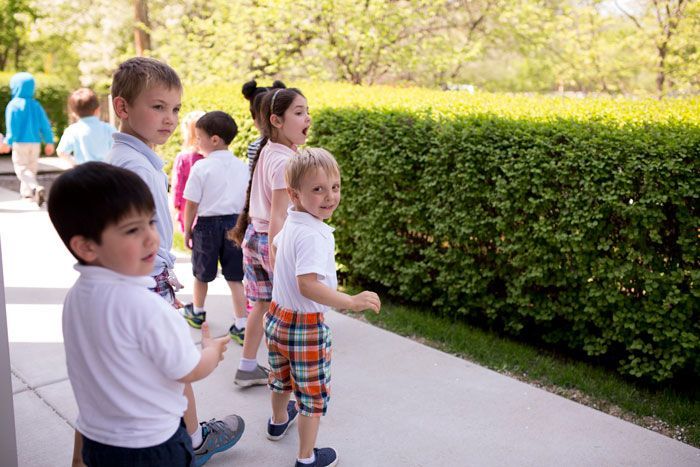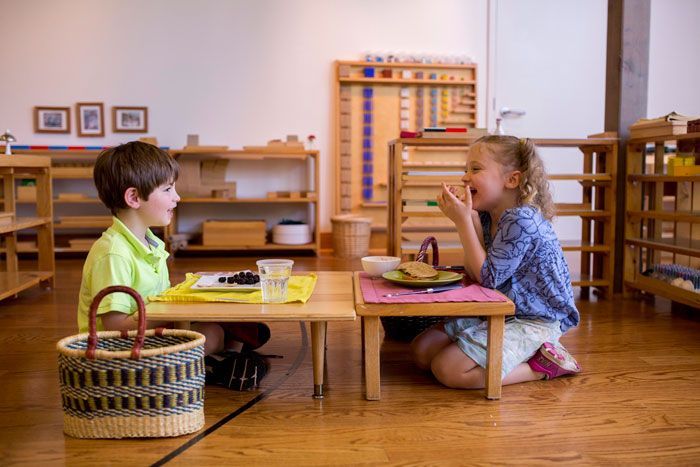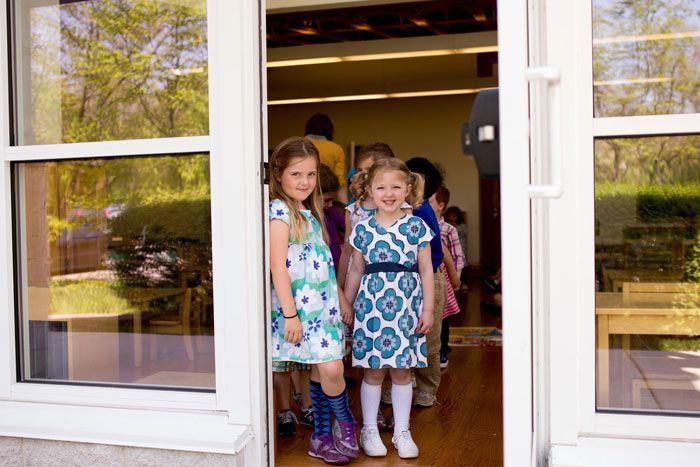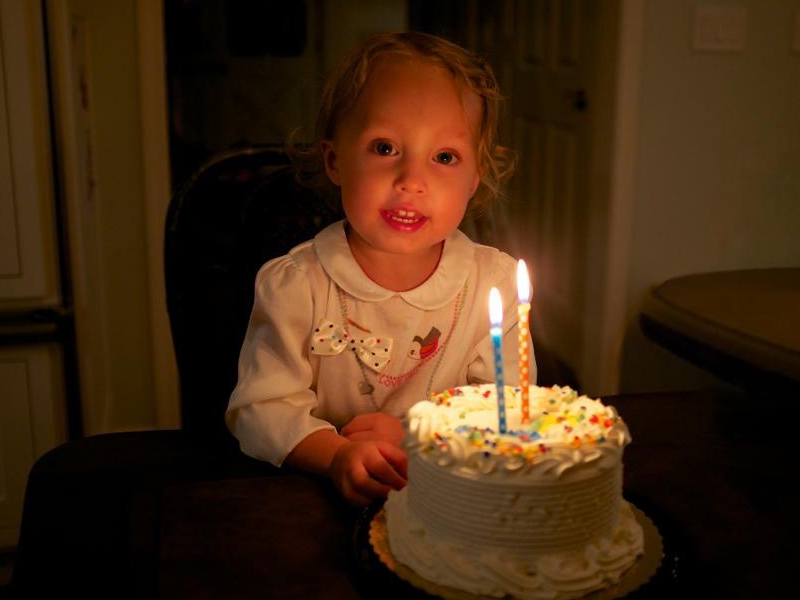
A Montessori Approach to Teaching Good Manners
Little Teddy hides behind your leg when you introduce him to your church pastor, while you squirm and insist. It is hard to know what to do, and you may be tempted to tell your child what he should be doing, (just to make sure the pastor knows where you stand!). But, when teaching good manners, the time to give coaching is before, not during, the critical moment. A Montessori teacher learns in her training that the most respectful and effective time to help a person correct their behavior is just before the next interaction. “Today, when we go into church, we might meet someone new. I’ll say, this is my son, Teddy, and then you can look up and hold out your hand and smile, just like you do with Miss Marsh at school. That’s the nice way to make the other person feel comfortable.”
When teaching good manners to children, emphasize that our social graces are gifts to other people- these are the ways we make others feel good or put them at ease. It is not about creating a performance to impress others or to please your parents, in fact; Learning to be courteous means learning to relate positively to others in the world. We want to give our children the clues and tips they need to do this with ease.

Maria Montessori watched children and could see how eager they were to interact as adults do. Think of how they imitate us when they are playing, pretending to talk on the phone or drive a car. When children act rudely, it is often because they have not been carefully shown how to do something properly, or that they are not sure what to do. When Montessori noticed that her youngest students kept wiping their runny noses on their sleeves, she sat them down and demonstrated, in slow motion, how to blow one’s nose into a tissue and fold it carefully afterwards. The children burst into applause, they were so pleased! They all wanted to try it immediately and wanted to practice every time they could.
When teaching good manners in our Montessori classrooms, we give what Maria Montessori referred to as “Grace and Courtesy” demonstrations. These lessons are given every day: the teacher plans them when she sees that they are needed, or does them spontaneously when she sees opportunities. Very young children respond eagerly, wanting to imitate and practice what they are shown. Elementary-aged children, (ages six and a half and to twelve), respond to humor in Grace and Courtesy demonstrations. They find it incredibly funny to see what NOT to do, and want to talk about the resulting problems of misbehavior. These presentations and discussions appeal to their reasoning abilities in the Elementary years. Keeping these age-specific characteristics in mind can be helpful when relaying social graces and teaching good manners to your own children at home. (For under age six, give a calm demonstration without much talking, for over age six, demonstrate with humor what not to do and discuss reasons, followed by a demonstration of the correct way).

The next time your child does something without preferred social graces, make a mental note to demonstrate at a later date and then use the next opportunity for them to try it out with you. Approach this with an attitude of loving respect and the pleasure of passing along the best ways to relate with people. Being gracious and courteous is not a performance; it is an act of giving to others. It makes everyone around you feel good.


